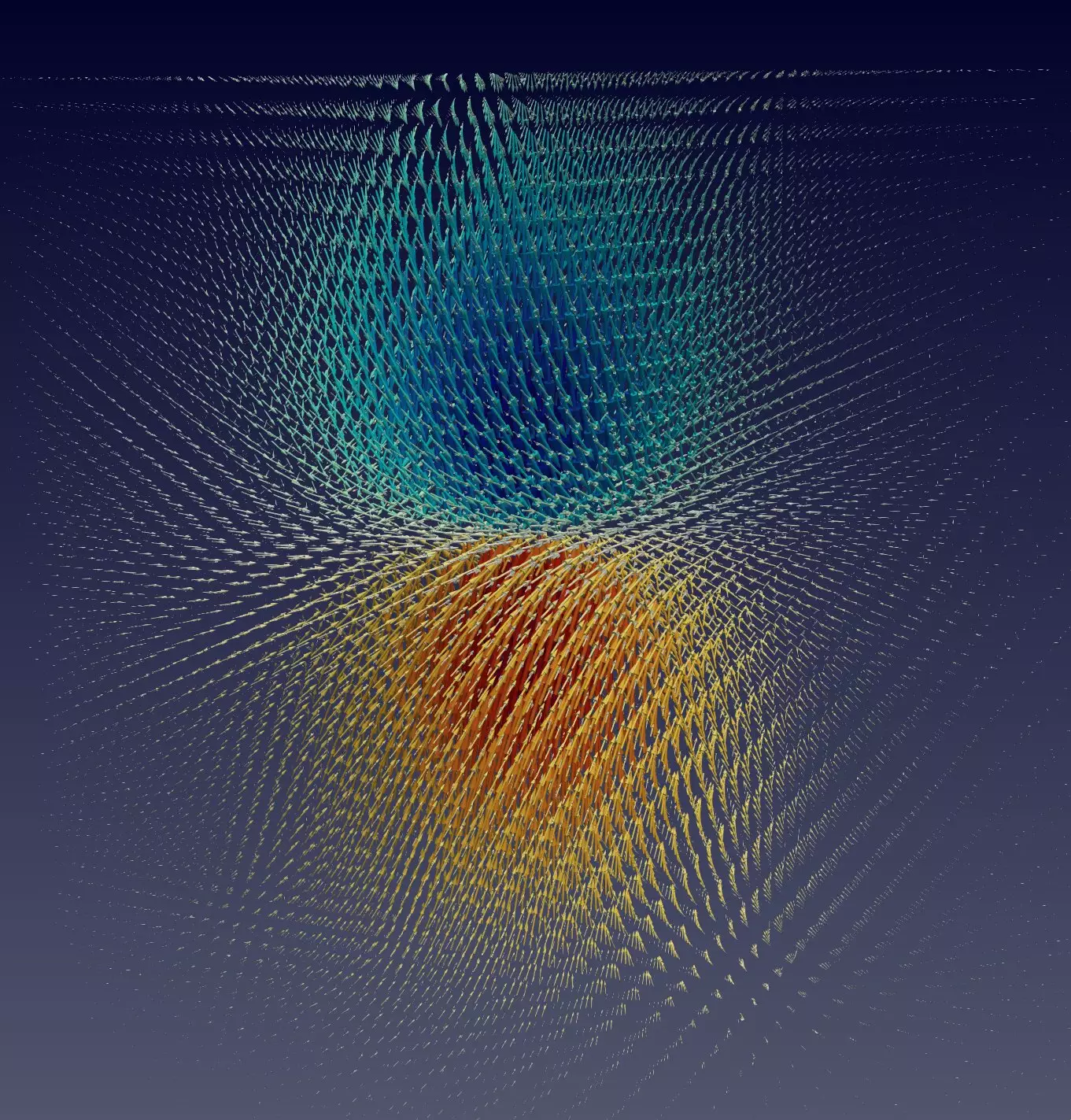Halide perovskites are a class of materials that show great promise in the field of optoelectronics due to their exceptional optoelectronic properties. Recent research has delved into the distinctive features of halide perovskites and their potential applications in photovoltaics and light-emitting devices. One of the intriguing aspects of these materials is their remarkable carrier lifetimes, which have puzzled researchers for some time.
Researchers at the University of Texas at Austin conducted a study aimed at uncovering the origin of the extraordinary carrier lifetimes observed in halide perovskites. In their paper published in PNAS, they introduced the concept of “topological polarons” as a new class of quasiparticles that govern the behavior of these materials. The researchers were driven by their experimental nature and the desire to understand the underlying physics behind the unique properties of halide perovskites.
Recent experiments have indicated that strong interactions between electrons and lattice vibrations in halide perovskites may play a significant role in determining their carrier lifetimes and energy conversion efficiencies. Some researchers propose that the formation of polarons, which are localized quasiparticles consisting of electrons coupled to lattice distortions, could be the key process driving these properties. The lack of appropriate theoretical methodologies has previously hindered the understanding of polarons at an atomic scale.
The research group at the University of Texas at Austin developed a novel high-performance computing approach to investigate the formation of polarons in halide perovskites. By incorporating the interaction between electronic carriers and lattice vibrations from quantum mechanics principles, they were able to conduct simulations on an unprecedented scale. The results of their study revealed the diverse forms that polarons can take in halide perovskites, ranging from large nanometer-scale structures to small localized configurations around specific atoms.
The simulations carried out by the researchers uncovered surprising findings about the behavior of polarons in halide perovskites. They observed that polarons can exhibit periodic distortions that manifest as charge-density waves at high densities. Furthermore, the researchers noted that different types of polarons formed at varying timescales, with large polarons transitioning into smaller ones under specific conditions. Perhaps the most intriguing discovery was the identification of vortex patterns in the atomic displacements surrounding the polarons, suggesting a unique topological nature to these structures.
The existence of non-magnetic polarons with topological characteristics similar to magnetic quasiparticles opens up new avenues for future research. The researchers are eager to explore how these quasiparticles interact with light and propagate through the material, with the goal of predicting their transport and optical properties more accurately. Additionally, they aim to investigate whether topological polarons are exclusive to halide perovskites or if they can be found in other materials, as well as what parameters influence their formation and behavior.
The study of halide perovskites and the discovery of topological polarons mark a significant advancement in our understanding of the unique physics governing these materials. By unraveling the mysteries behind their extraordinary properties, researchers can pave the way for new developments in the field of optoelectronics and potentially uncover additional phenomena that could revolutionize the industry.


Leave a Reply